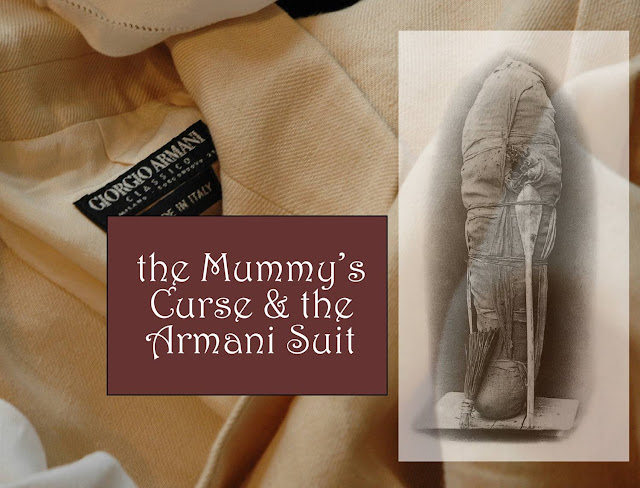Paint It BLACK: Shipwreck With Countless Spectators Helpless to Save Them
Neither that rainstorm in the middle of the night
Nor the brilliant sunlit day changes a thing
The castaways are doomed
Those well-fed victims clinging to a black raft
Mounted on the wall in the Louvre
Will float adrift forever waving at that distant ship
Never to be rescued
Yet never to eat nor starve
And I say well fed because these are models
Parisians with full bellies and not those
Who at the moment depicted
Had neither nibble nor sip for two weeks
Always in torment much like a frozen ball
Of worms or tangled marionettes smeared with tar
Painted with bitumen a fake paint
And their tipsy raft is lost upon choppy water
Meringue on lemon pie not yet cut into wedges
Never placed on the table with fork and cup of tea
Just a raft of people who have perpetually
Lost their boat and are fated to float till the end of time
Last night’s rain will not quench their thirst
None of the thousands who walk through the gallery
May pause for a moment wondering what is going on
Will ever come to rescue The Raft of the Medusa
Sinking and never sinking
Perpetually doomed
Under the weight of inky paint
I discovered decades ago why Gericault's painting was so unintendedly dark. He had unwittingly been using a tar-like substance, bitumen, to modulate tones. Bitumen was not a pigment. Each particle of pigment is a microscopic chip of a colorful piece of mineral. Bitumen is not a mineral. When mixed with linseed oil the bitumen would form a dark skin around each colored pigment particle. This mistake became visible only as the painting dried, leaving each particle of pigment shrouded in a black veil.
Many other artists had also played with the seemingly polychromatic "pigment" Bitumen, but Gericault's massive depiction of a newsworthy catastrophe caught the most attention. Fortunately for artworks still unpainted, once the downside of bitumen was discovered artists removed it from their palettes and studios. The Raft of the Medusa contains so much bitumen it serves forever as a dark warning.
The painting itself is forever tossed about in the cloak of a dark sea.
Also exhibited in the Louvre, althought not in the same gallery as the large canvas, are two of Gericault's small prepartory sketches for the famous painting.
One is an oil sketch.
Both studies are bitumen-free. IN A WORD, BITUMEN IS: COAL TAR.








Comments
Post a Comment